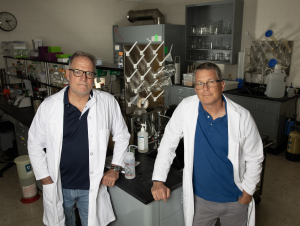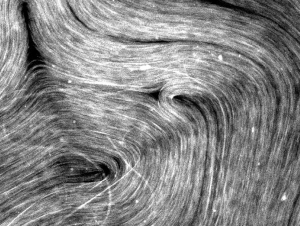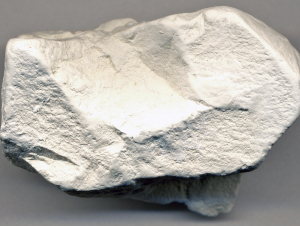To request a media interview, please reach out to experts using the faculty directories for each of our six schools, or contact Jess Hunt-Ralston, College of Sciences communications director. A list of faculty experts is also available to journalists upon request.
Latest News
A newly funded research project might one day lead to the development of a pill or capsule able to boost the effectiveness of traditional vaccines against influenza, which kills as many as 52,000 people and leads to hundreds of thousands of hospitalizations a year in the United States.
Physicists have developed a new model and clearer picture of molecular movements within active matter — bringing science a step closer to designing specific functions into new materials, and understanding emergent behaviors.
Rare earth elements are critical to technology, electronics, and rapidly evolving clean energy efforts. Equipped with a new NSF grant, Yuanzhi Tang is helping find and unlock these key minerals in Georgia kaolin deposits.
President Ángel Cabrera highlighted Georgia Tech’s record-breaking year.
The Brook Byers Institute for Sustainable Systems (BBISS) Graduate Fellows Program provides graduate students with enhanced training in sustainability, team science, and leadership in addition to their usual programs of study.
Alex Robel and Shi Joyce Sim have a new model for how water moves under glaciers. Their theory shows that up to twice the amount of subglacial water that was originally predicted might be draining into the ocean – potentially increasing glacial melt, sea level rise, and biological disturbances.








